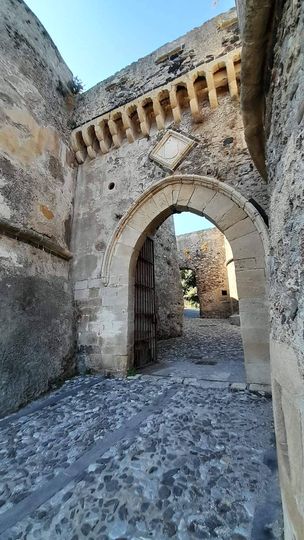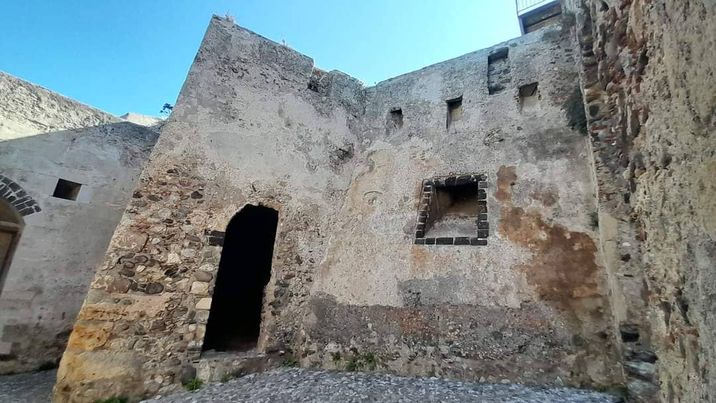It is the most complete and best preserved example of a wall built in Sicily from the end of 400’s. The barrier consists in 5 circular bulwarks (the sixth, set back, guards the area of the entrance) and it represents the evolution of fortification engineering in a phase of transition from the medieval defense system, built by the Swabian turreted walls clearly visible behind and the modern defense system made possible byfire weapons. The exceptional value of this work is given by the two city walls put in direct comparison that it will not escape the visitor.
0:00
/
0:00
Listen

